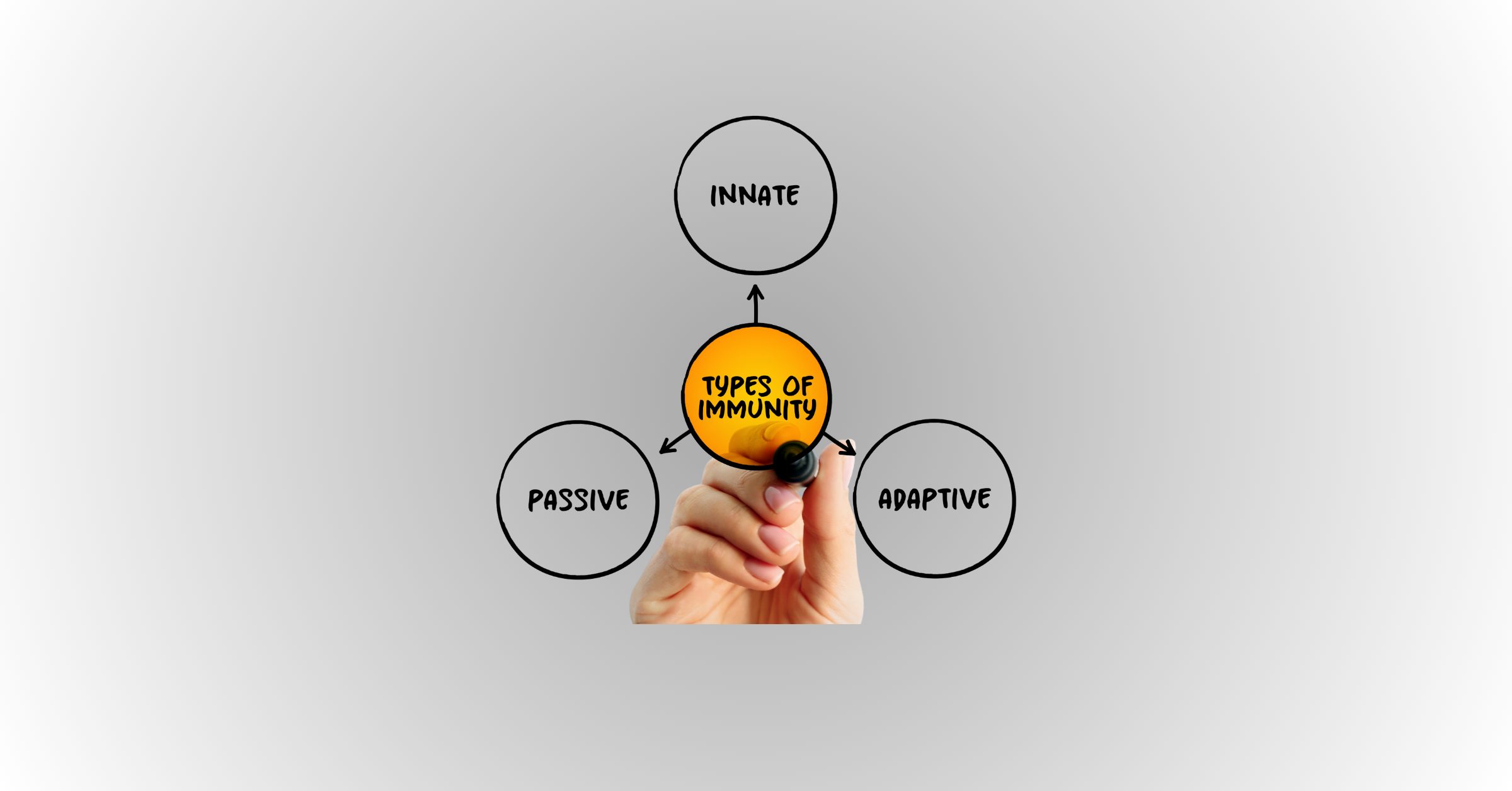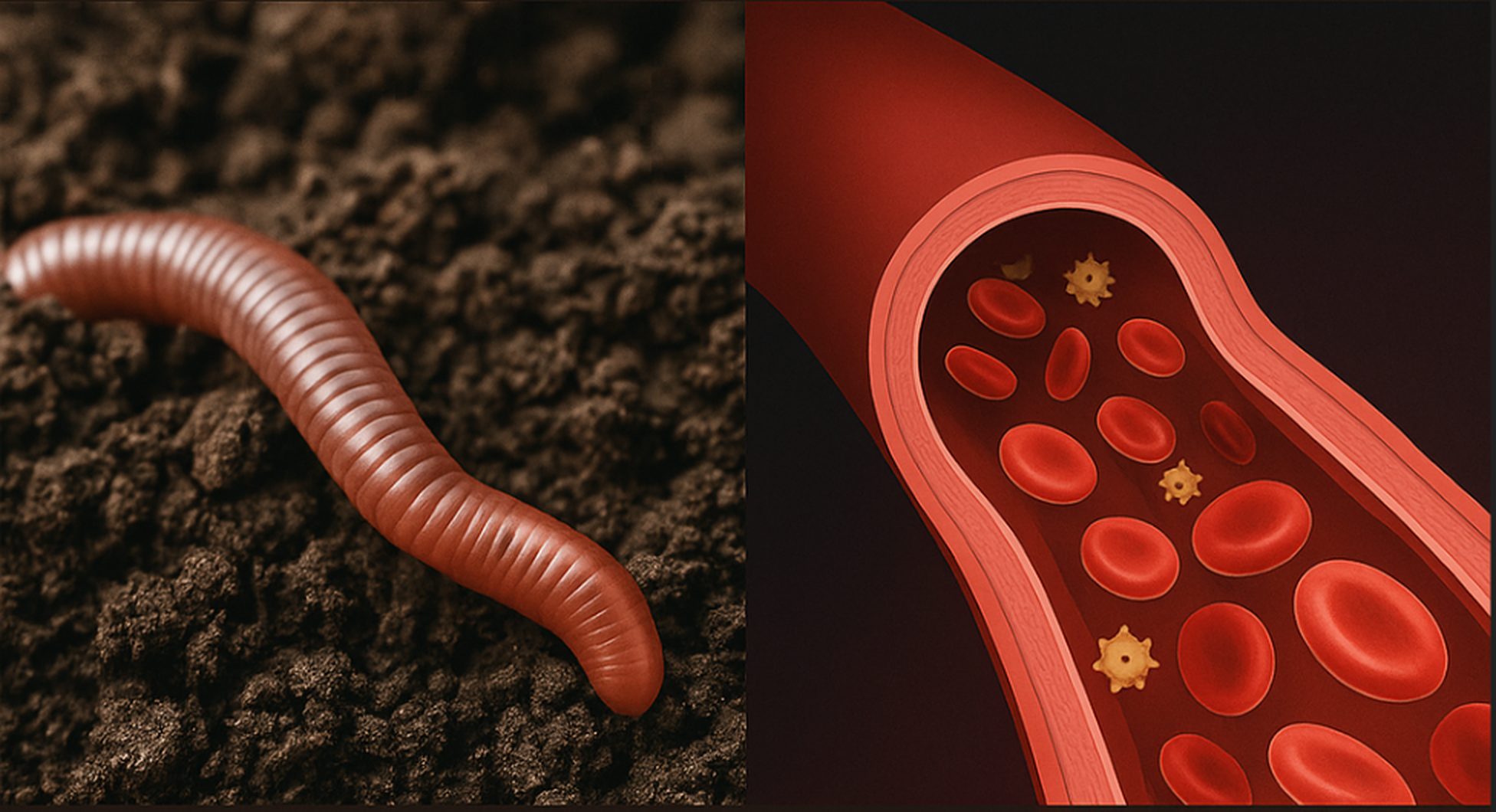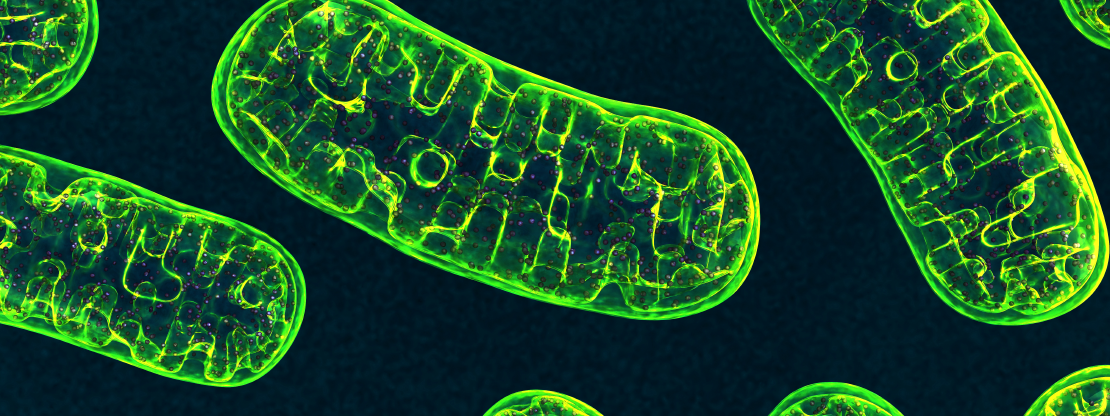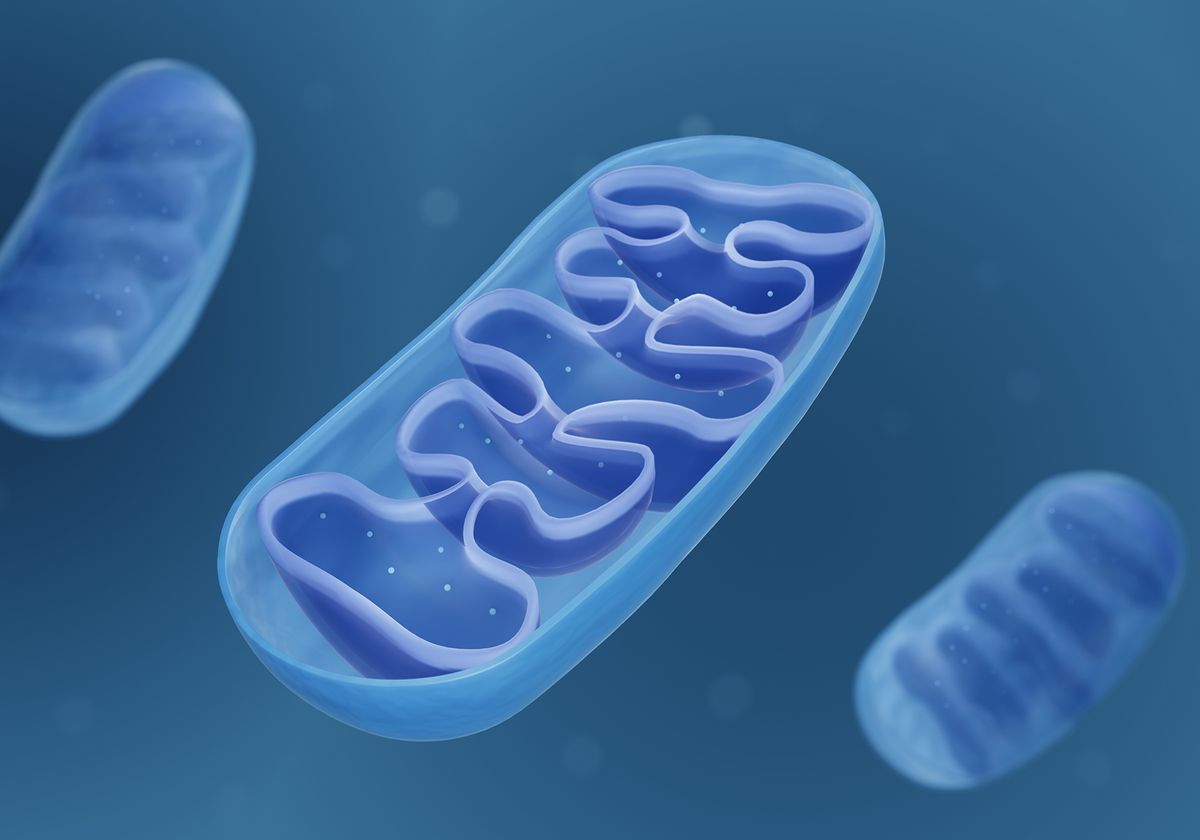
The immune system is a remarkable defense network, working around the clock to protect the body from environmental challenges. The immune system as a whole, can be broken down into three main arms: Innate immunity, which acts quickly as the first line of defense against intruders. Adaptive immunity, which develops precision and memory over time. … Read more »








